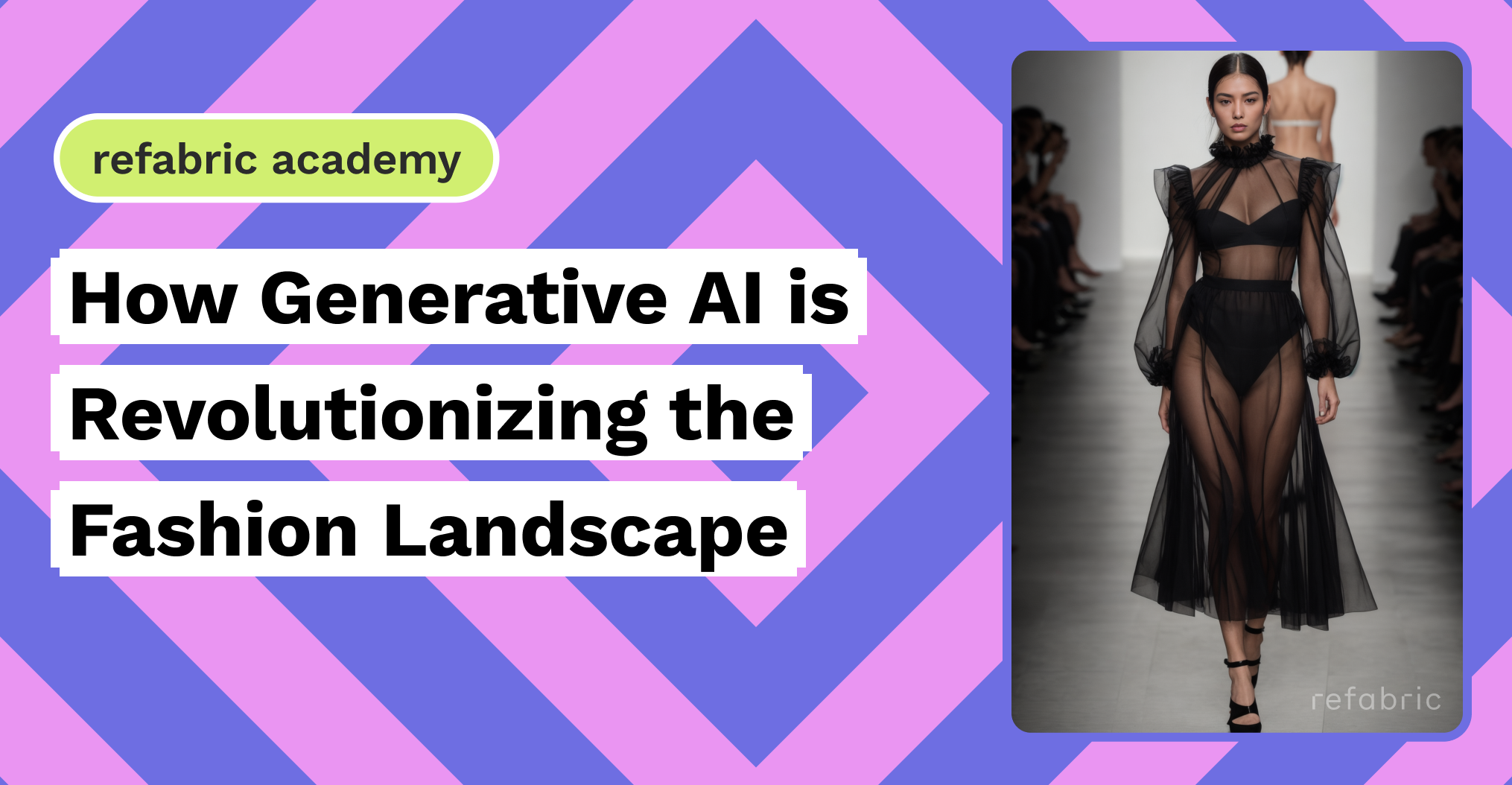Although in its early stages, generative AI holds the promise of enhancing the efficiency of fashion enterprises, expediting time-to-market, and providing improved customer service. The present moment presents an opportunity to delve into this technology
The potential integration of generative artificial intelligence (AI) with the creativity of fashion directors could lead to quicker market introductions, more efficient sales, and enhanced customer experiences.
Although the fashion industry has explored technologies like AI and the metaverse, generative AI is relatively uncharted territory. Despite being new and still experiencing some issues, it’s projected to rapidly evolve and transform business operations. McKinsey estimates that generative AI could potentially contribute $150 billion to $275 billion to operating profits in the fashion, apparel, and luxury sectors over the next few years.
Early applications of generative AI in fashion, also relevant to beauty and luxury, include product innovation, marketing, sales, and customer experience. This technology offers significant benefits and is more feasible to implement in the short term compared to other fashion value chain segments. The article outlines promising use cases and suggests steps for executives to initiate, while highlighting potential risks.
Generative AI is not just about automation — it’s about enhancing and speeding up processes. By providing fashion professionals with tools to accomplish tasks faster, it frees up time for uniquely human endeavors and improves customer service. This marks the starting point for leveraging generative AI’s potential in the fashion industry.
Applications of Generative AI in the Fashion Industry
Supply Chain and Logistics:
- Facilitate supplier negotiations by consolidating research data.
- Enhance robotic automation for warehouse tasks and real-time inventory control using augmented reality (AR) insights.
- Personalize product return options according to individual customer preferences.
Merchandising and Product:
- Transform initial sketches, mood boards, and descriptions into intricate designs, such as three-dimensional representations of jewelry or furniture.
- Elevate product brainstorming by engaging AI assistants that generate imaginative choices, like fresh concepts or alterations, derived from data sources such as past product ranges and inspiring visuals.
- Enable large-scale customization of items for individual customers, like crafting eyeglasses tailored to their facial features.
Marketing:
- Enhance precise marketing strategies by analyzing and forecasting trends using unstructured information like customer sentiment, in-store actions, and omnichannel data.
- Automate the extensive categorization of consumers for personalized marketing endeavors.
- Produce individualized promotional materials leveraging unstructured details gathered from customer profiles and community input.
- Partner with AI assistants to expedite content creation, mitigating creative obstacles for internal marketing teams.
Digital Commerce and Consumer:
- Organize and produce sales narratives inspired by previous effective sales presentations.
- Individualize the online consumer experience and offerings, adapting web content and product explanations to suit unique consumer profiles.
- Customize virtual product sampling and demonstrations for individual customers, such as clothing try-ons and style suggestions.
- Improve sophisticated AI entities like conversational chatbots and virtual assistants, along with self-service options, to handle advanced consumer inquiries, including multilingual assistance.
Organizational Functions and Support:
- Guide sales associates in nurturing strong “clienteling” connections through immediate suggestions, feedback assessments, and detailed profiles of high-priority consumers.
- Create customized training materials for staff members according to their roles and achievements.
- Implement self-service options and automation for support responsibilities, such as handling HR inquiries, managing extensive documents for accounting, and reviewing legal documentation.
Store Management and Operations:
- Enhance the planning of store layouts by creating and evaluating layout blueprints across various variables, like foot traffic, local customer demographics, and store size.
- Enhance in-store workforce efficiency by preventing obstacles such as staffing shortages and theft instances through constant video data surveillance.
- Aid augmented reality (AR) tools to provide real-time product information (like condition, variety, stock levels, suggestions) to the workforce.
While the potential applications of generative AI are rapidly emerging, the path that this technology will take in the apparel and luxury sectors is still under construction. However, by embracing innovative tools now, we are essentially paving the way for boundless opportunities in the future.

Don’t forget to try Refabric AI fashion design assistant: https://app.refabric.com/
